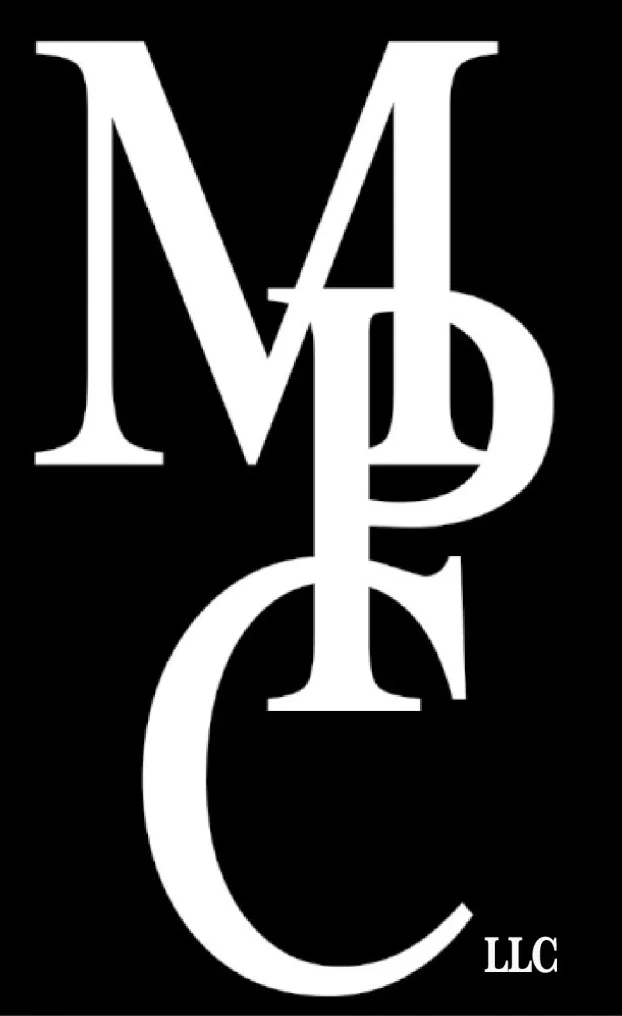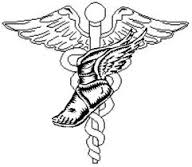Bunion
A bunion is commonly referred to as a “bump” on the joint at the base of the big toe—the metatarsophalangeal (MTP) joint—that forms when the bone or tissue at the big toe joint moves out of place. The toe is forced to bend toward the others, causing an often painful lump of bone on the foot. Because this joint carries a lot of the body's weight while walking, bunions can cause extreme pain if left untreated. The MTP joint itself may become stiff and sore, making even the wearing of shoes difficult or impossible. A bunion—from the Latin "bunio," meaning enlargement—can also occur on the outside of the foot along the little toe, where it is called a "bunionette" or "tailor's bunion."
Bunions form when the normal balance of forces that is exerted on the joints and tendons of the foot becomes disrupted. This disruption can lead to instability in the joint and cause the deformity. Bunions are brought about by years of abnormal motion and pressure over the MTP joint. They are, therefore, a symptom of faulty foot development and are usually caused by the way we walk and our inherited foot type or our shoes.
Although bunions tend to run in families, it is the foot type that is passed down—not the bunion. Parents who suffer from poor foot mechanics can pass their problematic foot type on to their children, who in turn are prone to developing bunions. The abnormal functioning caused by this faulty foot development can lead to pressure being exerted on and within the foot, often resulting in bone and joint deformities such as bunions and hammertoes.
Other causes of bunions are foot injuries, neuromuscular disorders, or congenital deformities. People who suffer from flat feet or low arches are also prone to developing these problems, as are arthritic patients and those with inflammatory joint disease. Occupations that place undue stress on the feet are also a factor; ballet dancers, for instance, often develop the condition.
Wearing shoes that are too tight or cause the toes to be squeezed together is also a common factor, one that explains the high prevalence of the disorder among women. The symptoms of a bunion include the following:
• Development of a swelling, callus or firm bump on the outside edge of the foot, at the base of the big toe
• Redness, swelling, or pain at or near the MTP joint
• Development of hammertoes or calluses under the ball of the foot
• Corns or other irritations caused by the overlap of the first and second toes
• Restricted or painful motion of the big toe
What can you do for relief?
• Apply a commercial, non-medicated bunion pad around the bony prominence
• Apply a spacer between the big toe and second digit
• Wear shoes with a wide and deep toe box
• If your bunion becomes inflamed and painful, apply ice packs several times a day to reduce swelling
• Avoid high-heeled shoes over two inches tall
If you think you have a bunion, you should see a podiatrist. Bunions tend to get larger and more painful if left untreated and can lead to further complications. Your podiatric physician can help determine appropriate next steps that are right for you.

